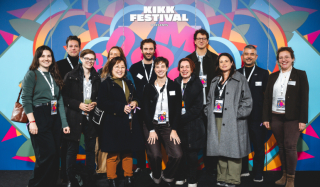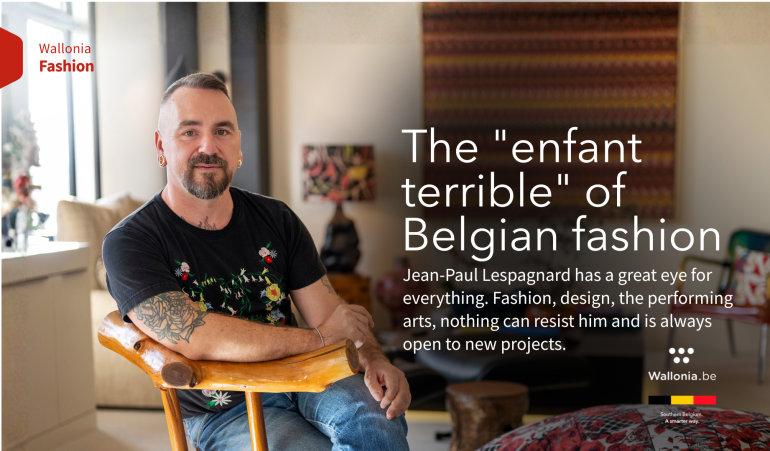
A great eye for everything. Fashion, design, the performing arts, nothing can resist him. He collaborates with the greatest and is always open to all projects. Jean-Paul Lespagnard is modest about his found success and loves to take on new challenges.
He arrives with a smile that never seems to leave him. Cap on his head, wearing the t-shirt he created for the reception team of the Belgian Pavilion at the Osaka World Exhibition. He has the look of an eternal teenager, with eyes that sparkle like a child. The Peter Pan of Belgian fashion has an inexhaustible passion for the world around him.
His source of inspiration? Pretty much everything.
The world is his village
Jean-Paul Lespagnard was born in Harzé in 1979, in an environment that did not foreshadow his passion for fashion. Very early on, he knew what he wanted to do but could not imagine the fame and notoriety that awaited him.
It is in 2008 that he found his international breakthrough, after winning the audience award at the Hyères International Fashion Festival thanks to a surprising collection on the theme of chip shops. Proof, if ever needed, that the designer is proud of his origins.
He then develops his particular and offbeat style. He touches everything and everyone. From the sumptuous Hermès house to the biscuit brand Maison Dandoy, creating costumes even for Manneken Pis, he has no limits and no preconceptions. Mexico, Greece, Japan, Brussels, Liège, the world is his laboratory.
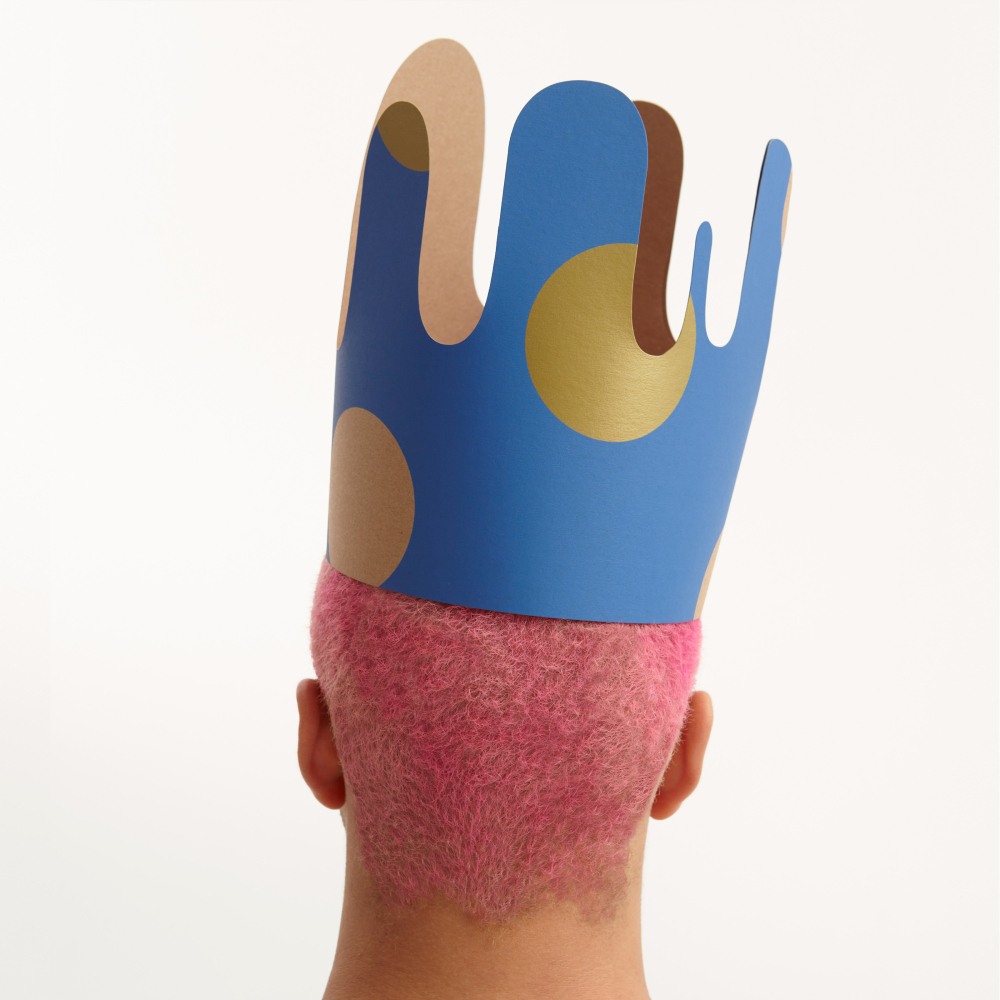
Jean-Paul Lespagnard for Maison Dandoy
His source of inspiration is found in everyday objects that he diverts as he pleases with humor and originality.
Jean-Paul Lespagnard loves being where you wouldn’t expect him. He has notably furnished the 3,200 m2 of the Silversquare coworking space in Liège. He also made the stage outfits for Philippe Katerine. He moves between fashion, design, and entertainment.
When asked if he is proud of his career, you can feel the hesitation and humility that always drives him.
"I feel pride, especially since I come from a small village and from a family that is not at all artistic. My father was a truck driver and my mother was a housekeeper. I think that having an international career and finding myself working in Japan for the World Expo or for the Embassy is a great source of pride. But what I am most proud of is that my work has really crossed all social layers. That’s something I like a lot. I’m not an elite designer.”
The colors of the Belgian Pavilion in Osaka
When he was commissioned to design the outfits for the staff of Belgian Pavilion in Osaka, Jean-Paul Lespagnard saw a new challenge. Combining comfort, style and originality, he created a completely modular silhouette. It offered a kit (pants, skirt, t-shirts, scarf), his goal being that each person could identify with the rooms in their own way and reflect it in their uniform. This uniform, was thought with a Belgian and Japanese touch.
"I didn’t want to make a black, yellow, red silhouette, so I was very inspired by the colours of the Belgian Pavilion. What was also quite interesting is that I created a scarf, and in there, there are parts of Belgian and Japanese ceramics. I really mixed the patterns to create a connection. And since there was a part of the pavilion that was inspired by ‘Kintsugi” (Japanese method of repairing broken ceramics using lacquer sprinkled with gold powder), we worked with this theme."
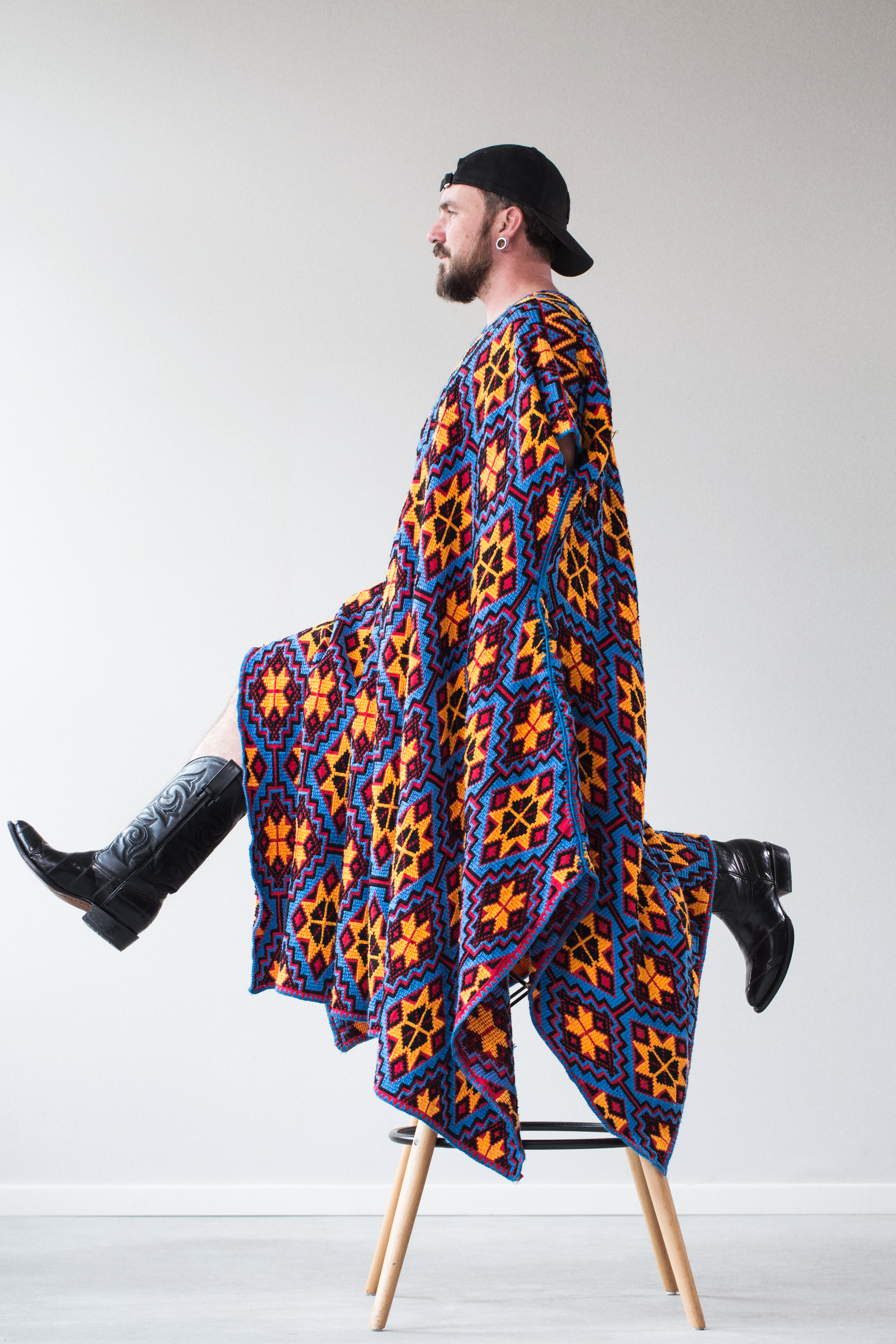
(c) Laetitia Bica
He really worked in the idea of mixing different cultures. If he seeks inspiration somewhere else, there is always a moment when it brings him back to Belgium.
« I want to show Belgium from a very multicultural side, to show the things that bring us together. I use very Belgian elements, from popular culture to be able to bring them towards something new. »
At the table of diplomats
Jean-Paul Lespagnard has embarked on a new project "TABLEWARE AS A DIPLOMATIC GESTURE" which is particularly close to his heart.
It offers to bring a touch of uniqueness to the tables of Belgian Embassies around the world by integrating tableware made by local artisans.
“I was able to travel to many countries and go to many Embassies. I realized that the dinner tables were always the same, with the same tableware being offered everywhere. So, what interested me was to be able to offer touches of the country in which the Embassy is installed, and have a very welcoming side to highlight elements of the culture of the country on the table."
For the Belgian Embassy in Japan, the designer imagined a fourteen-metre long tablecloth with hand-embroidered lace. There is also this nod to Japanese pop culture with famous bottles of Japanese soda.
"The table setting has already been reused several times and I have heard that there are many Japanese businessmen who have talked about their childhood with the Ambassador. A thing that I don’t think had ever happened. If these bottles had not been there, they would not have talked about their childhood. There you go, it’s humanity, something very simple that sets up conversations that we wouldn’t normally have."
A child’s gaze
There is a lot of humanity, and a lot of humility, in the work of Jean-Paul Lespagnard. His almost childlike curious gaze is no stranger to it.
"A few days ago, I was talking about my work. I was saying that what interests me, and what will be a permanent search, is to try and find the essence of humanity. When you think about the children all over the world, they play and they all have a bit of the same mentality. Afterwards, it is culture and education that divide us. But when you think about the essence of humanity, when you see a child, you tell yourself that all children are the same wherever they are."
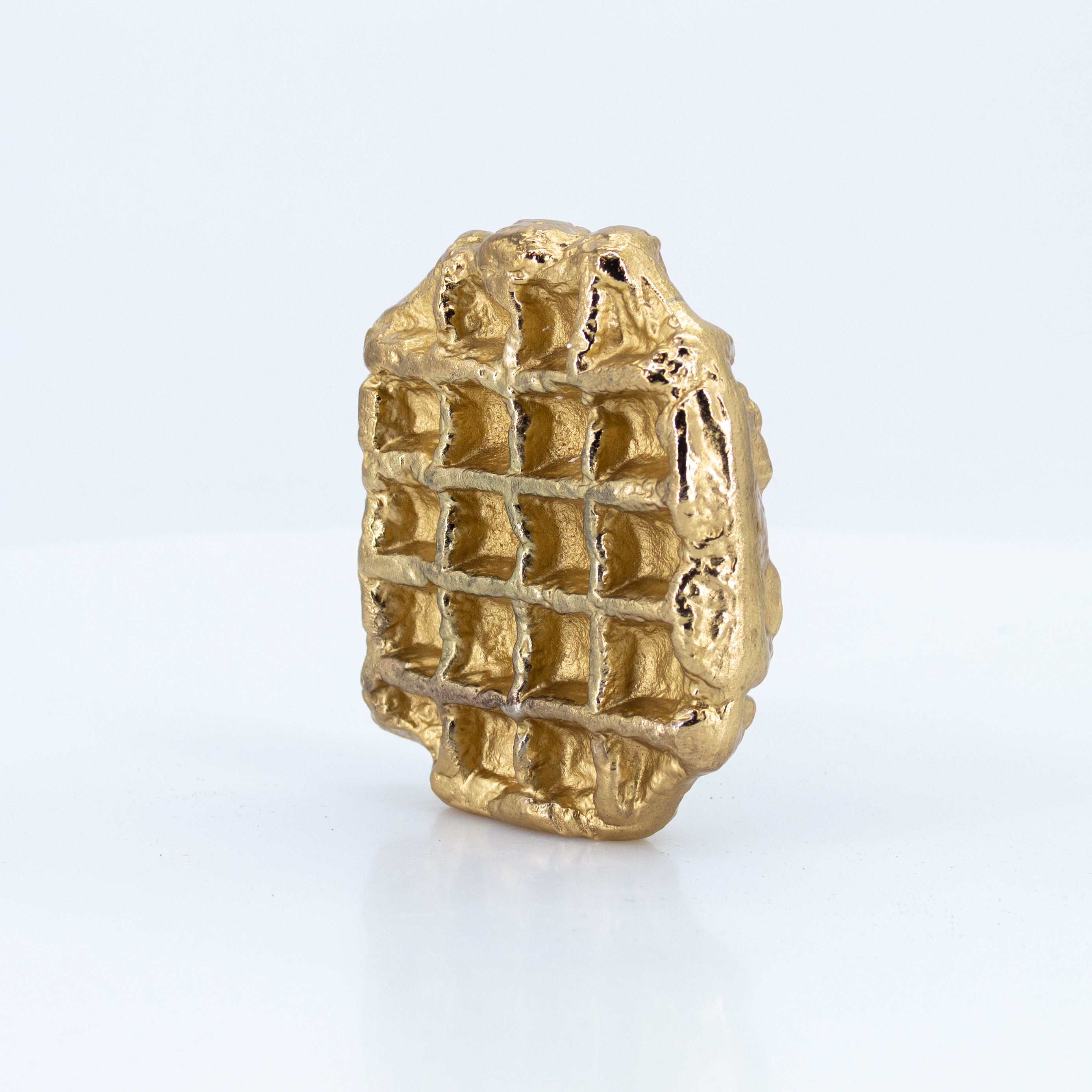
Jean-Paul Lespagnard Golden Waffle Paperweight
And even if he kept his child’s soul, he has a good head on his shoulders. He studied economics and social sciences before going into visual arts. He is well aware that there must also be rationality in creation. From his years of experience, he wishes to share a piece of advice that he continues to apply to himself.
"What’s important is to always look at where you came from and never forget it. I believe that among many artists there is a lot of inspiration coming from childhood, it’s something that shapes us. You have to be very open, very curious about everything."
Jean-Paul Lespagnard is not done exploring the world or the streets of Brussels. He is looking for a new source of inspiration that he will not fail to transform, to magnify as usual.
Written by Aurore Dierick for W+B n°169
